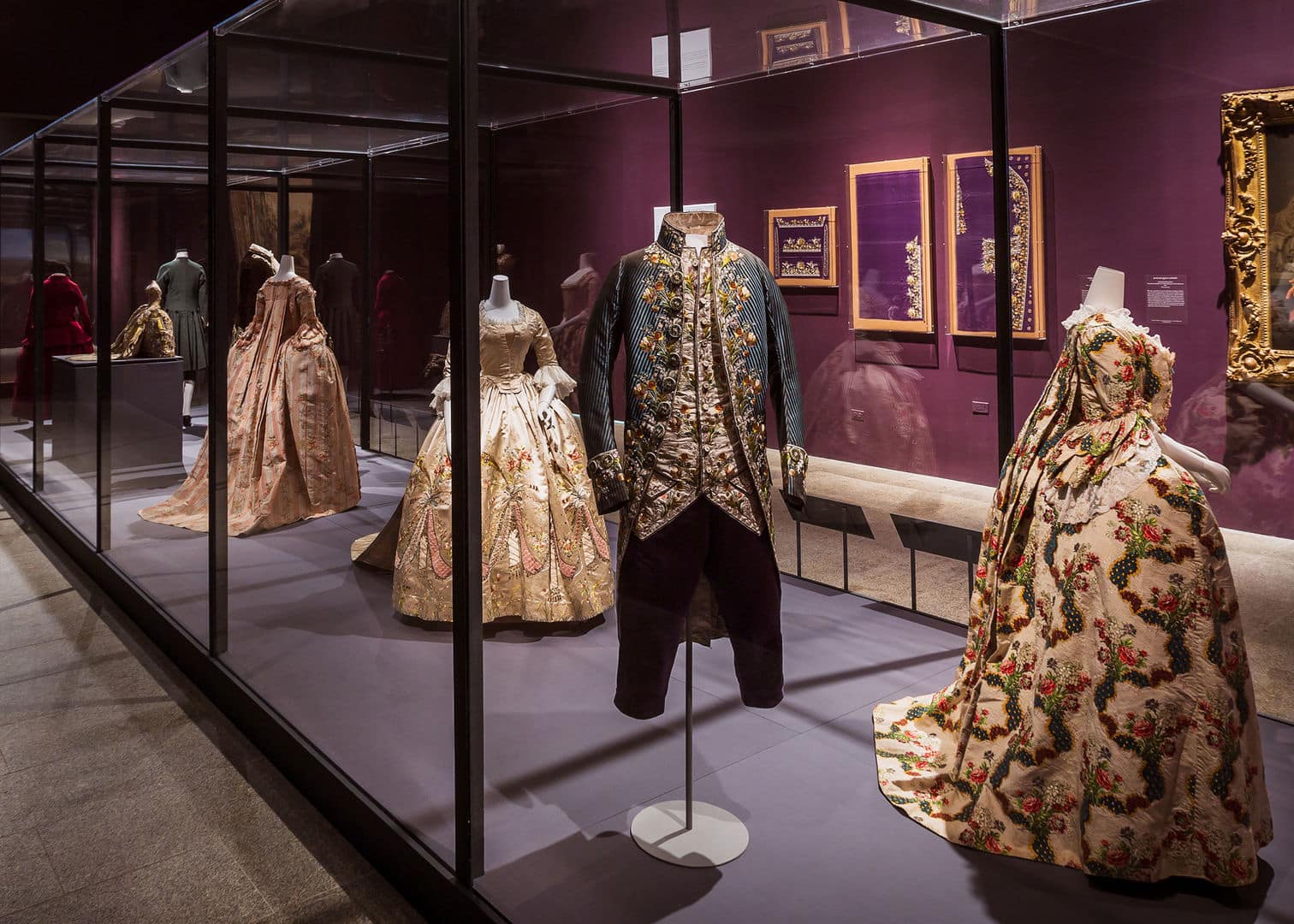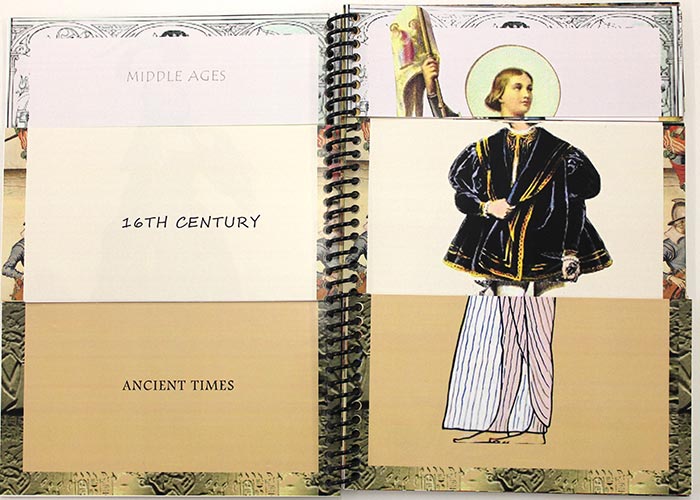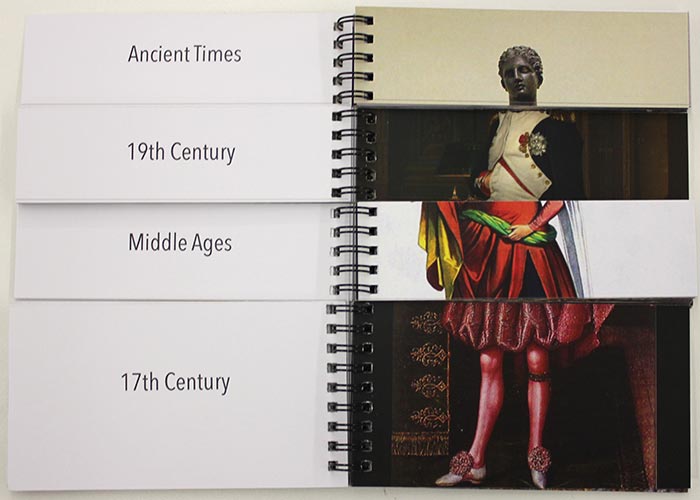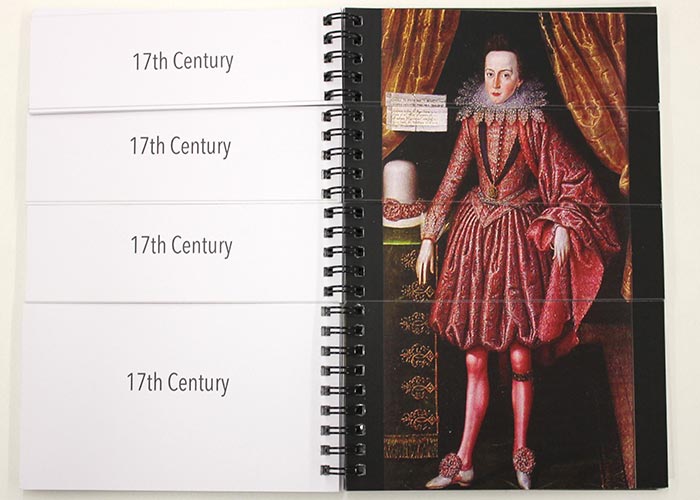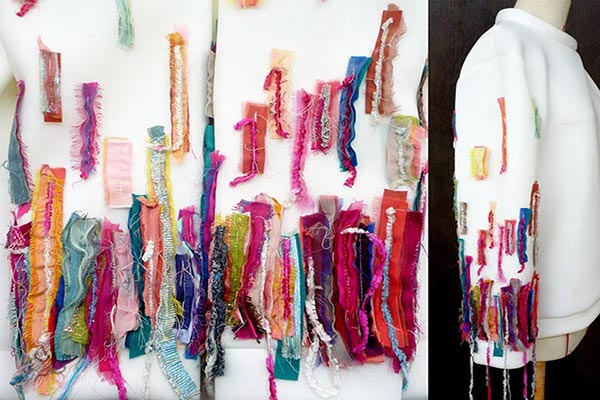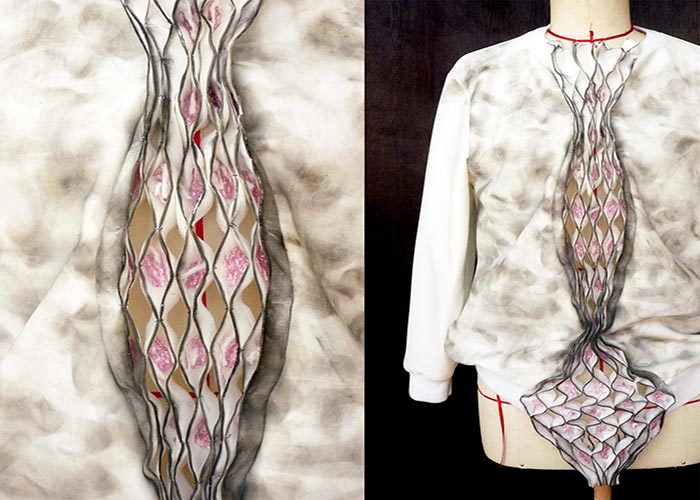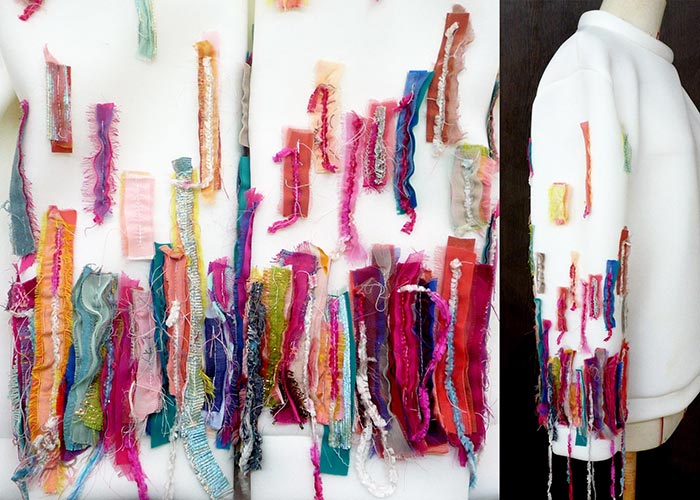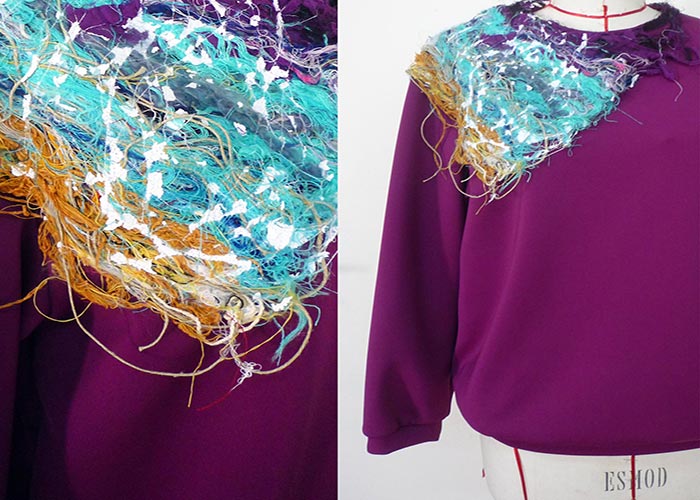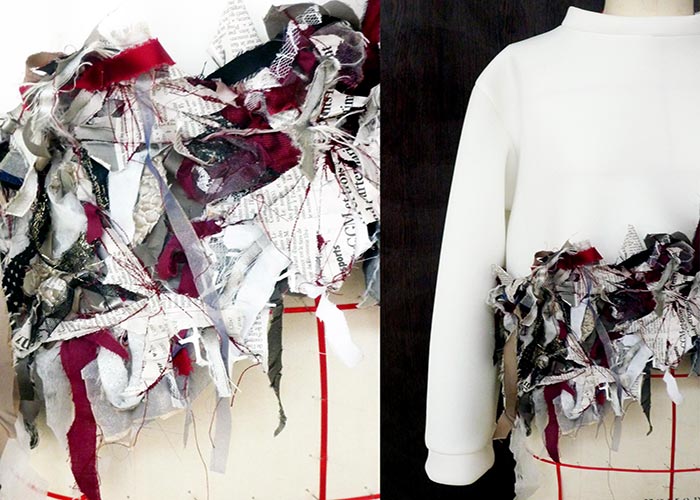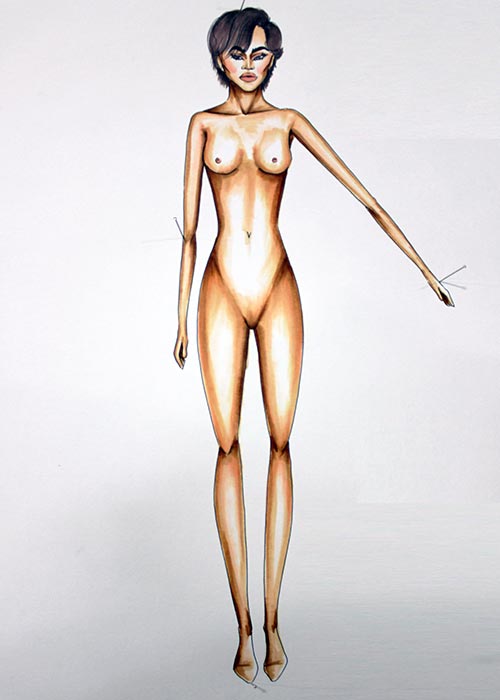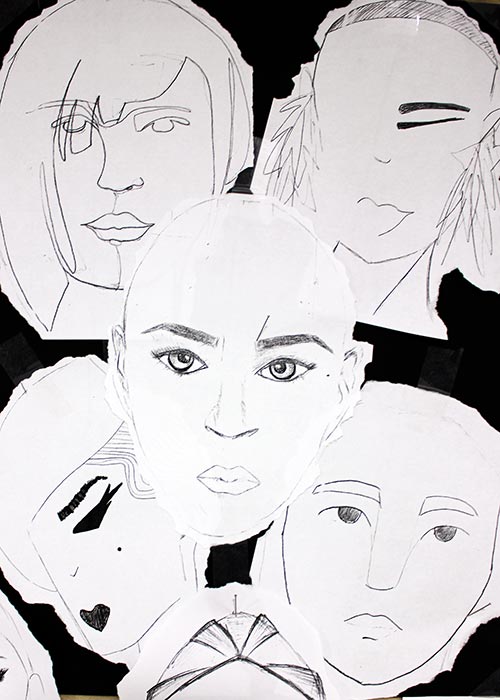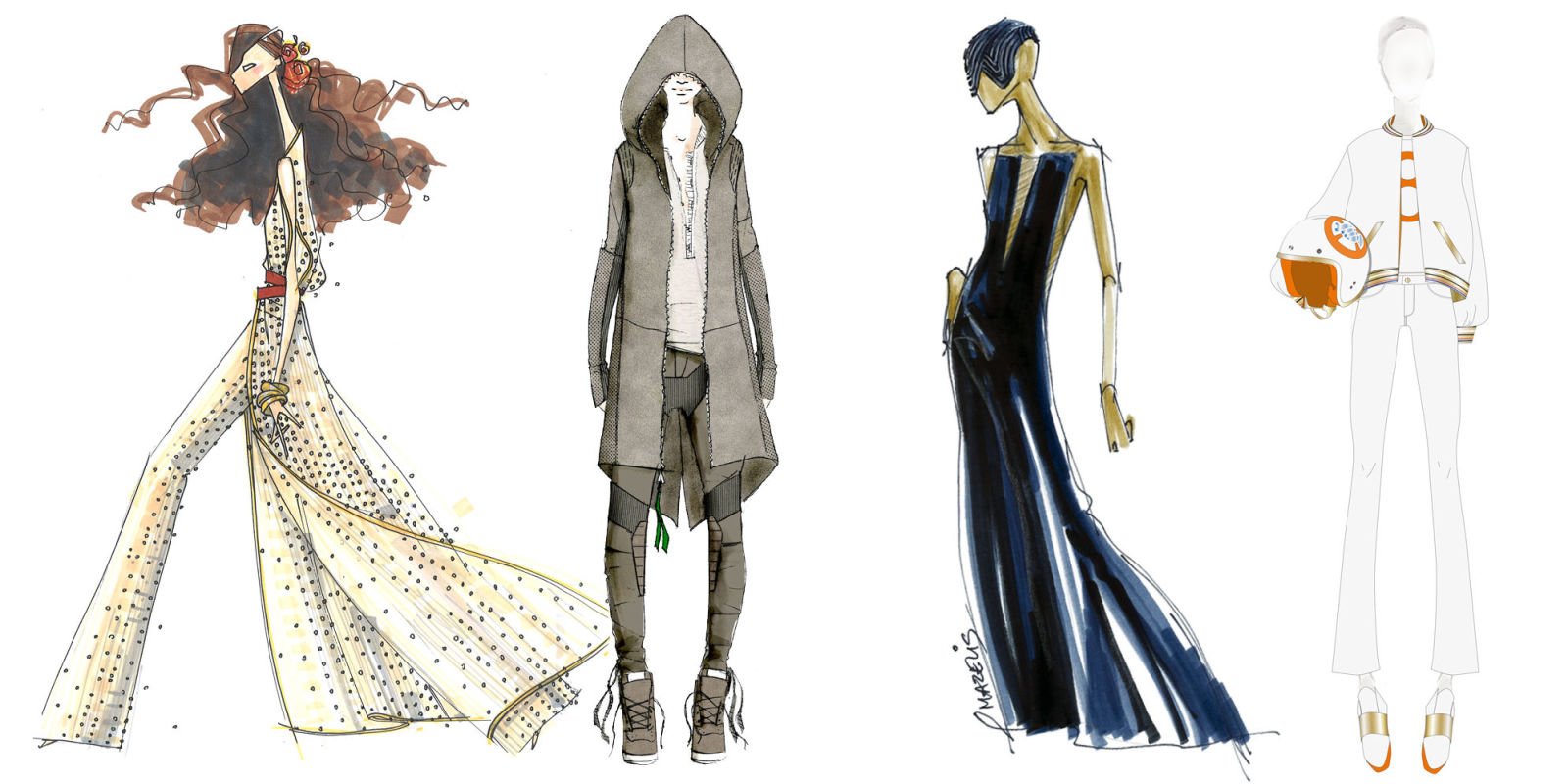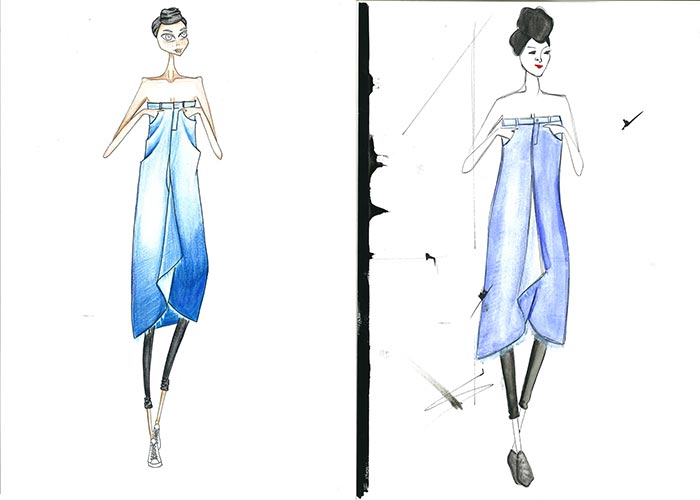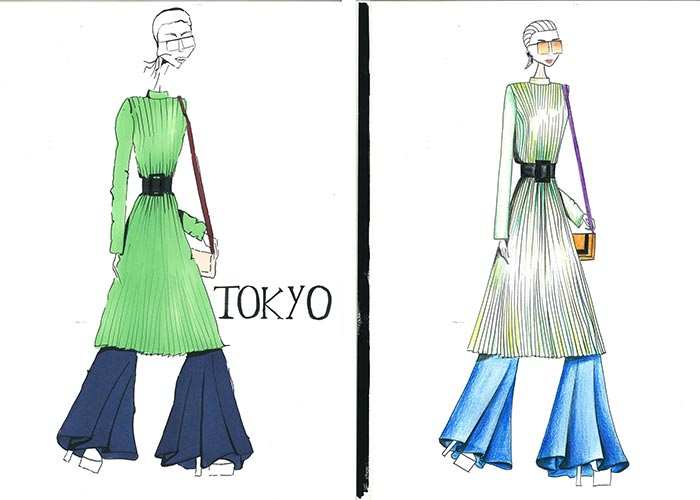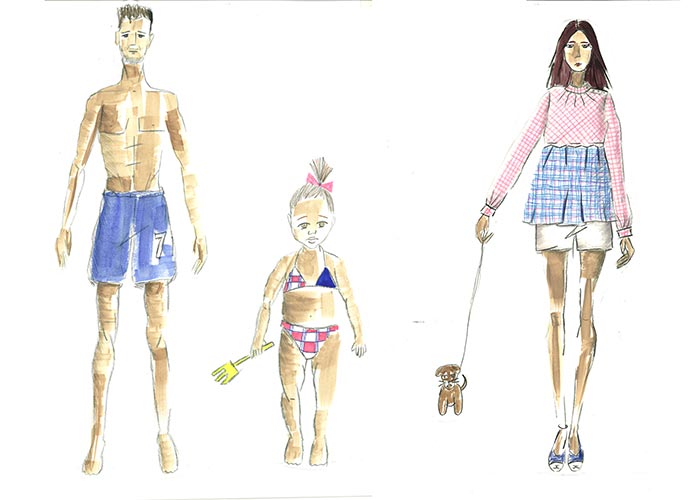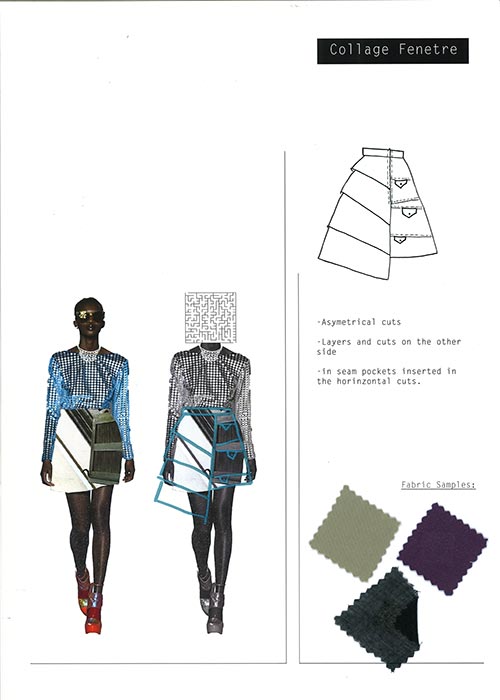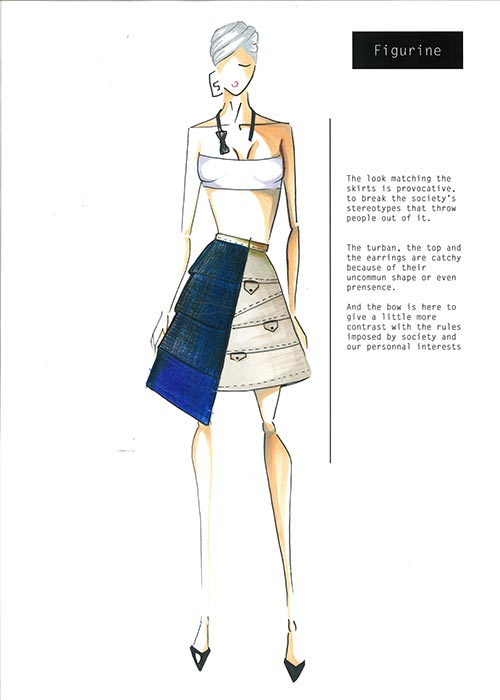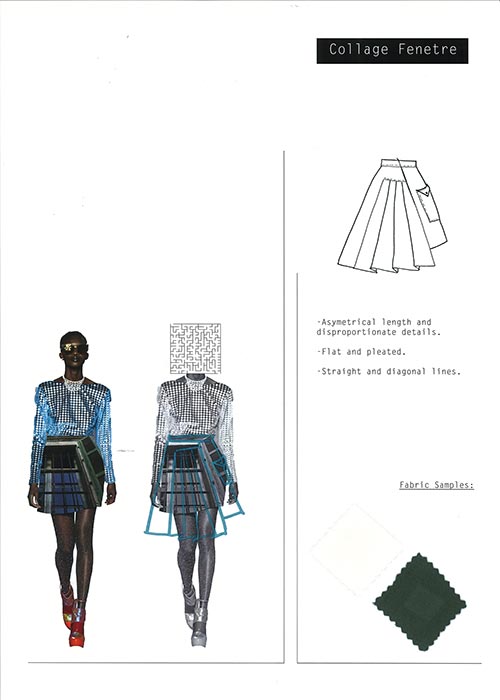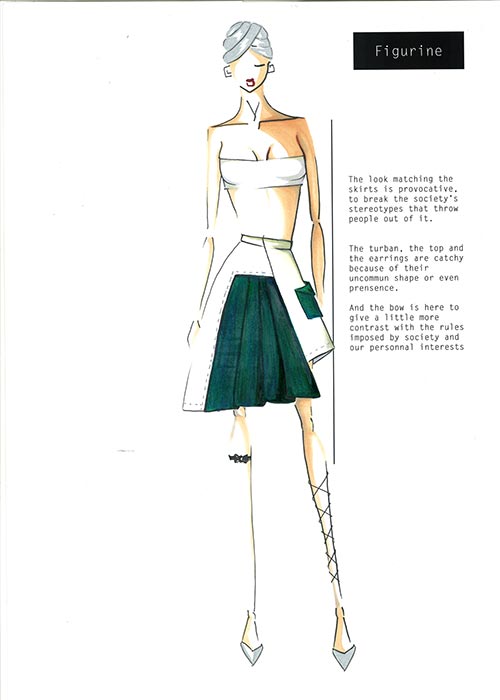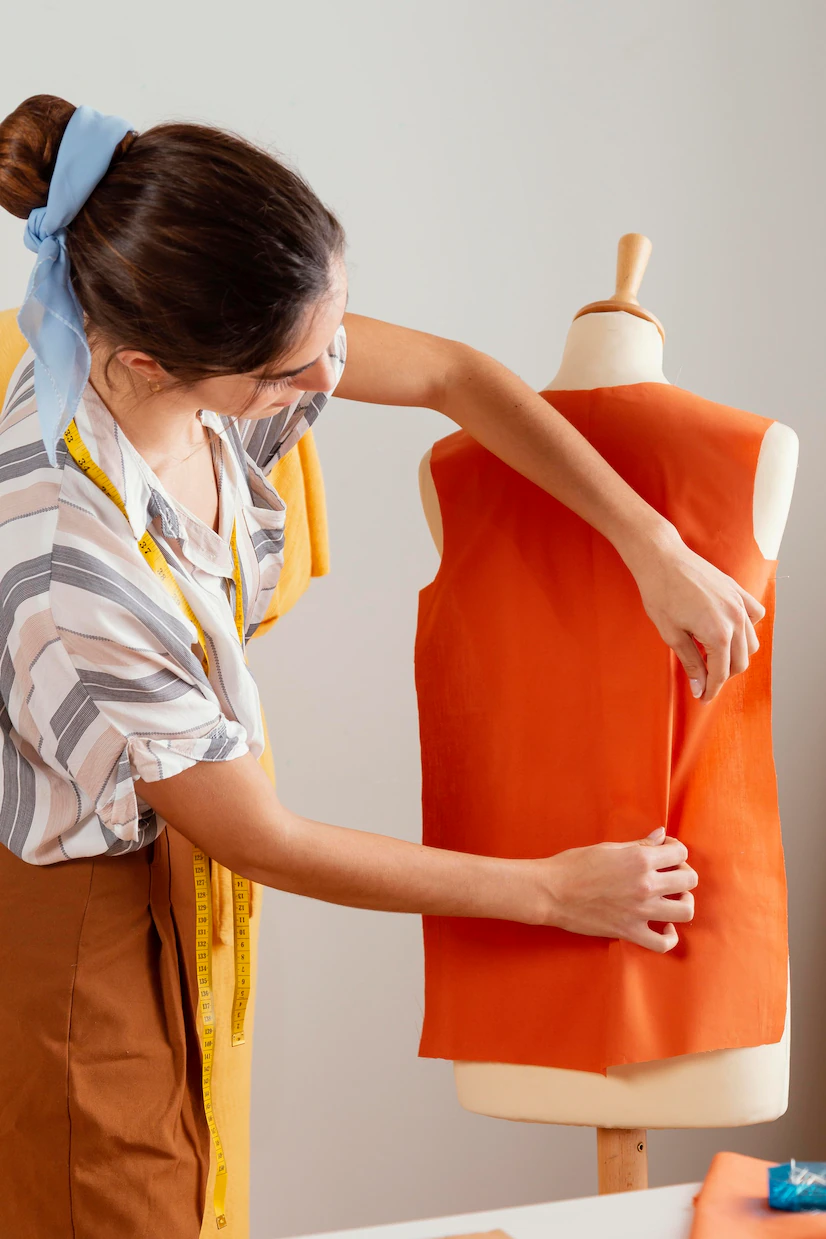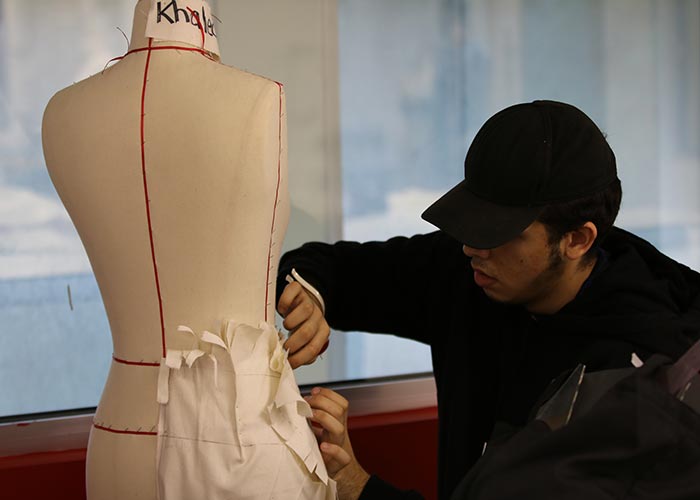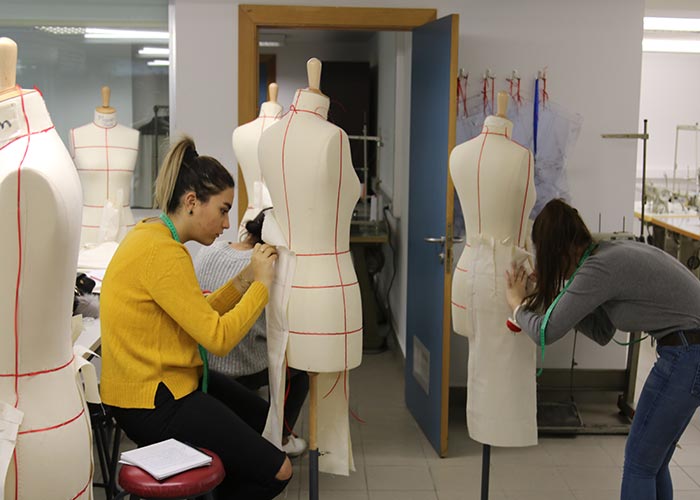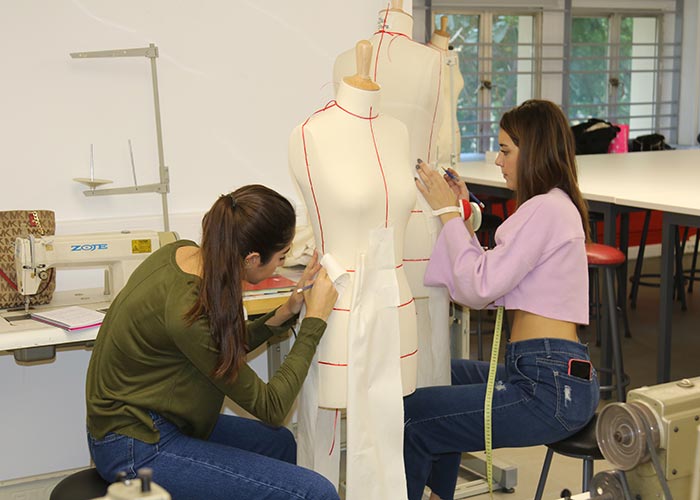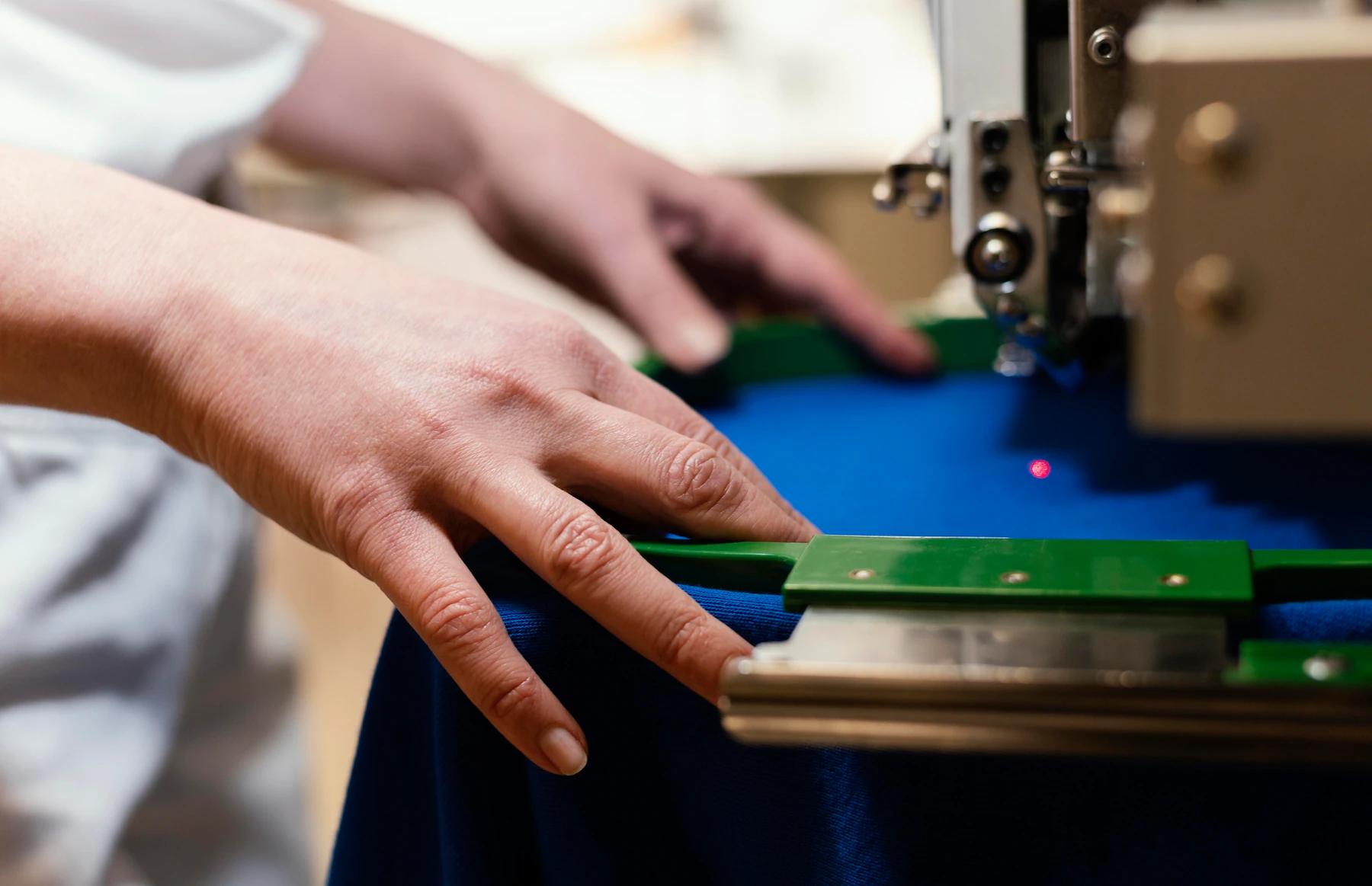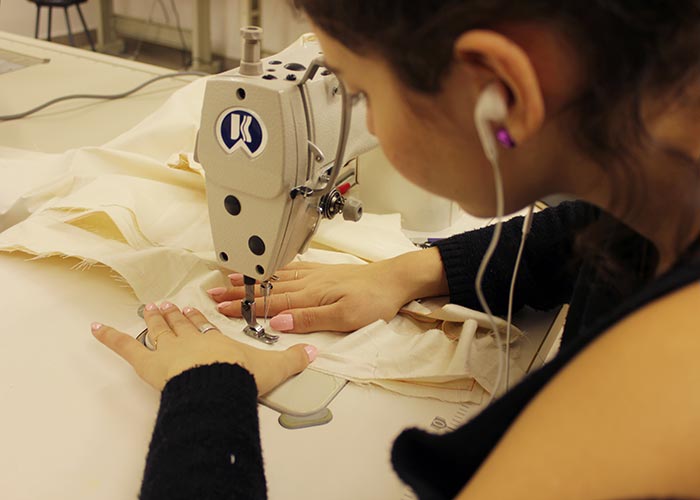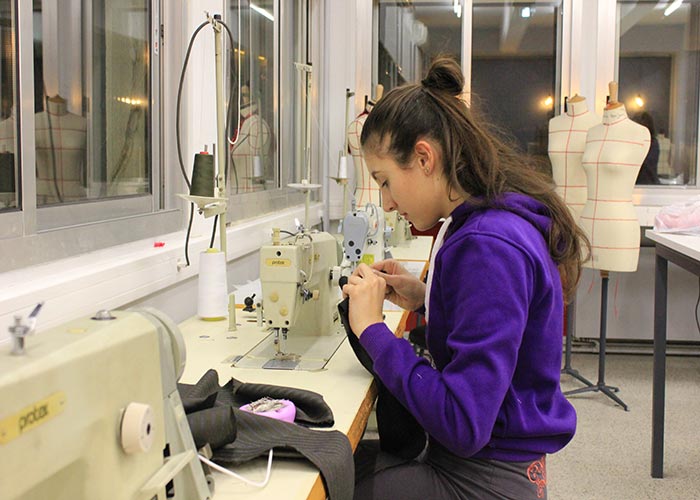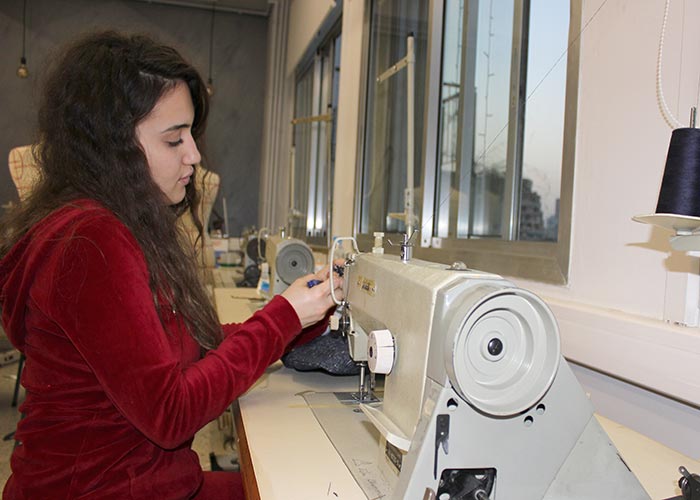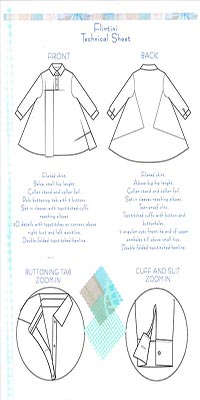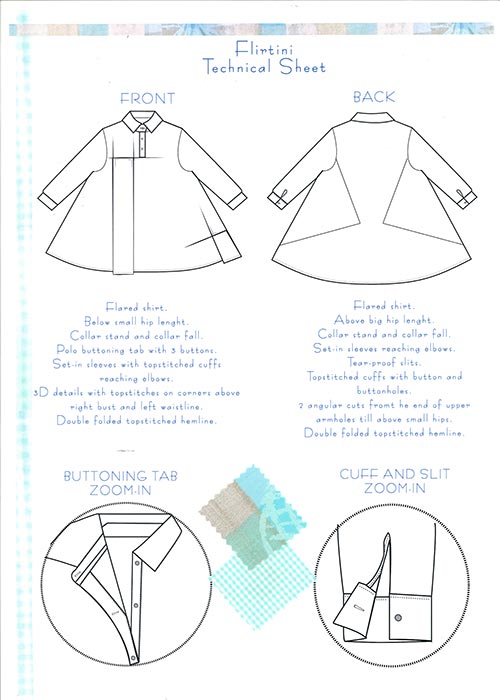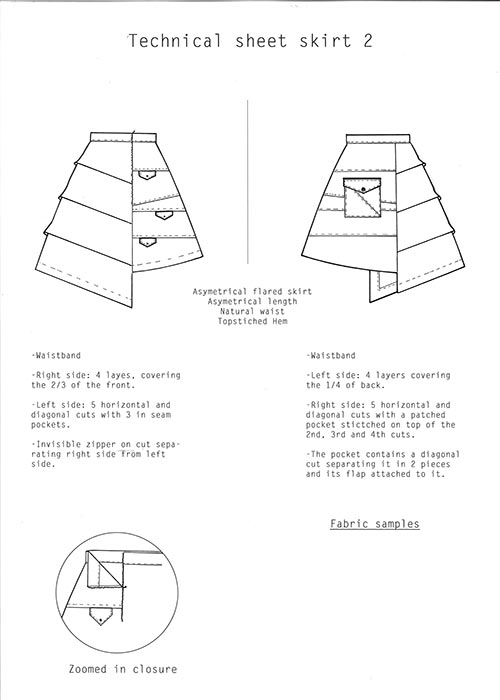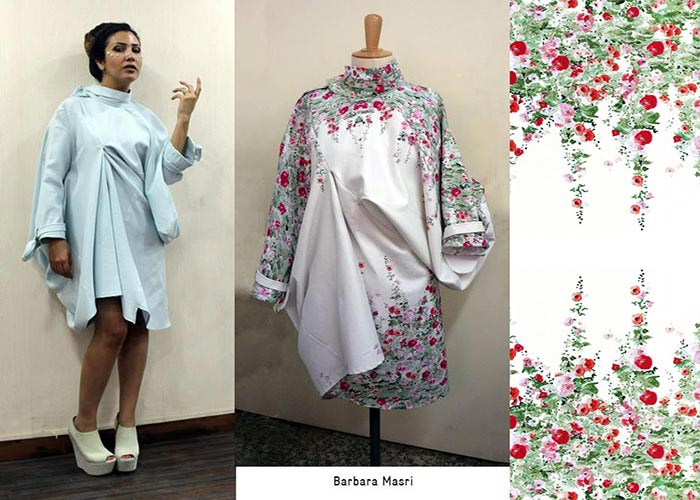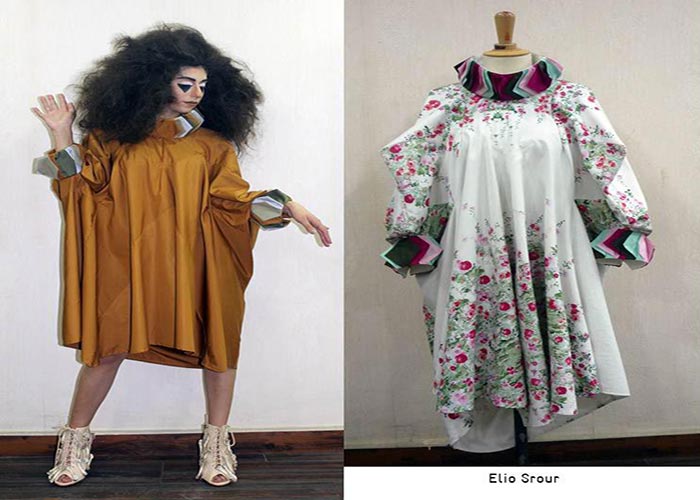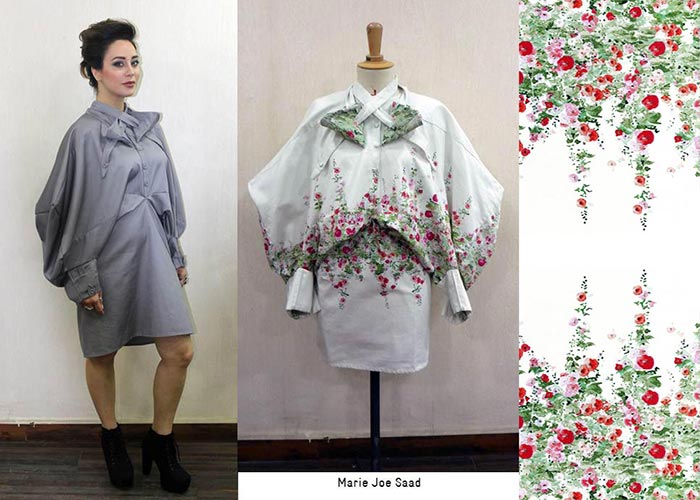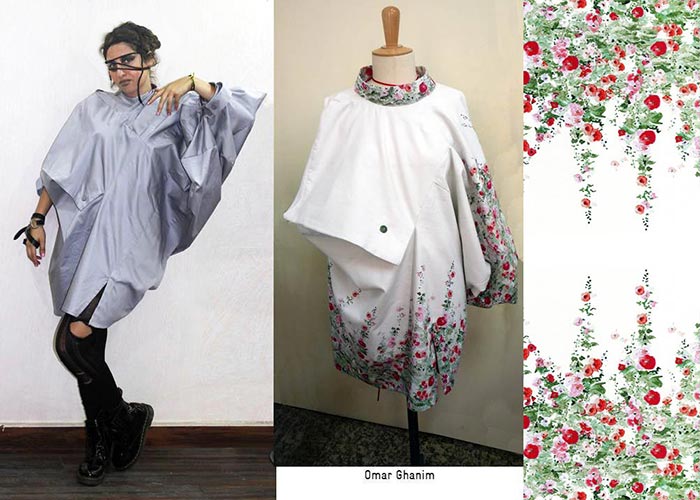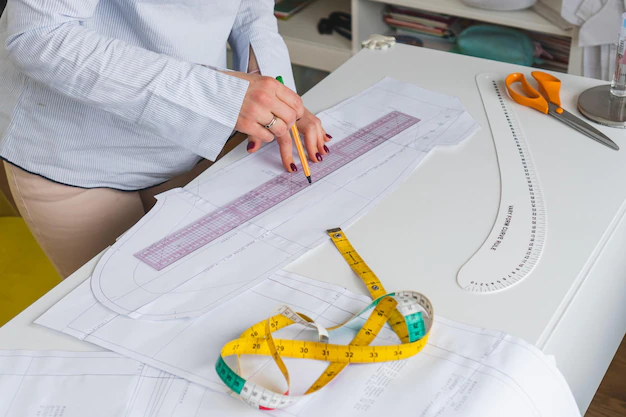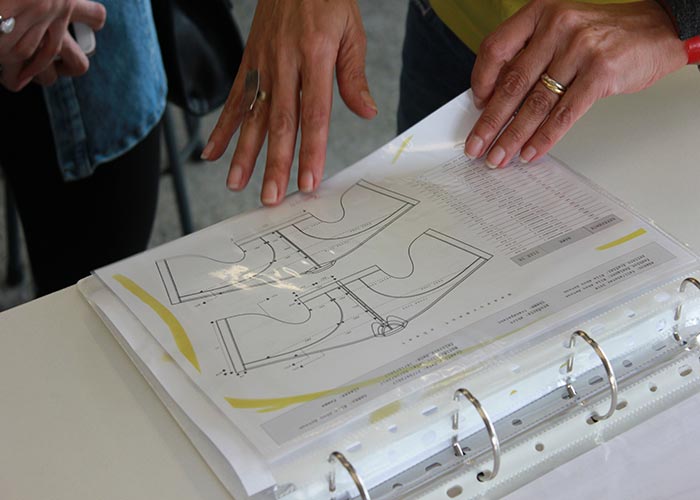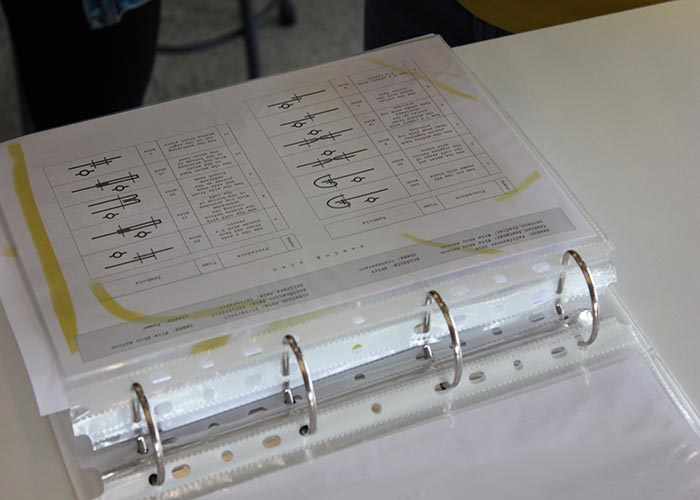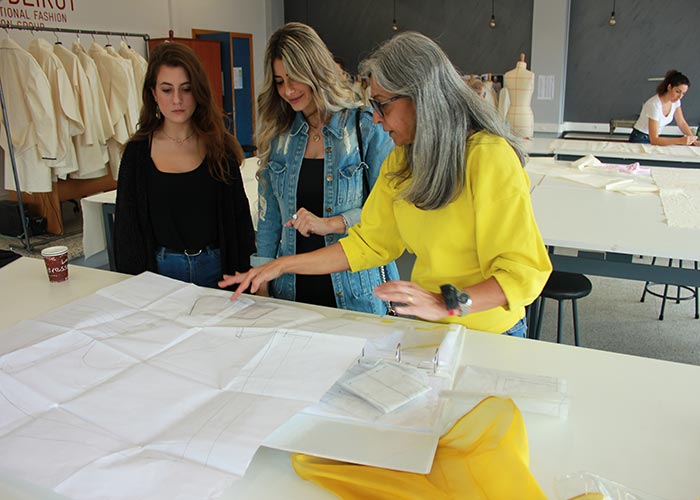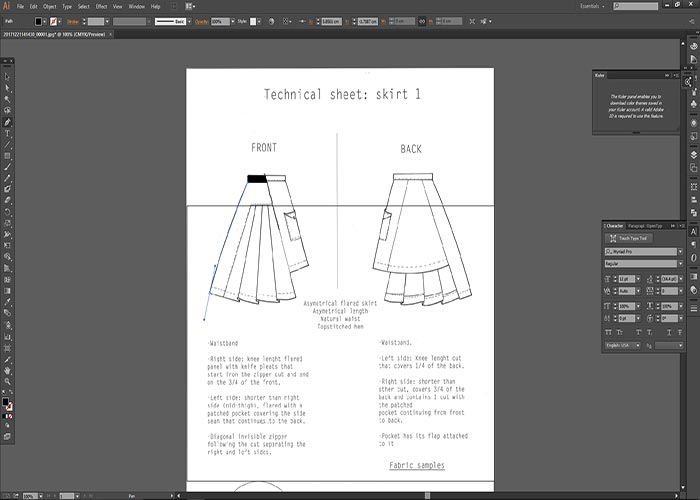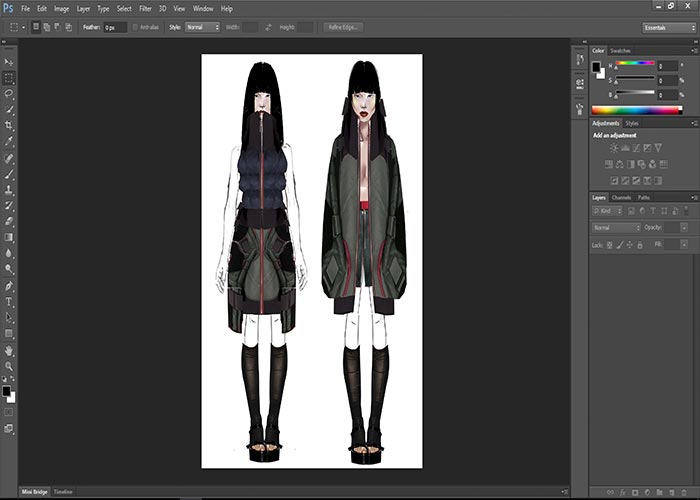Curriculum
Register1st Year: the Fundamentals
-
Fashion History
Students focus on the historic timeline of fashion through different centuries and movements. They are invited to search themselves for answers. They are asked to research and report the history of each of the focus product of 1st year: skirt, shirt and dress. The research should focus on volume, length, details, usage, main innovations and innovators. -
Market And Consumer Analysis
Students observe how a fashion street is, what do people wear, and how different fashion streets compare. It is mainly a tool for students to discover their taste and build their inspiration through observation. -
Textile
-
Technical Base of Drawing
Students are invited to discover how to get mix colors to reach the desired composition, how to use an inspiration photo and extract a color scale out of it. This class also teaches students how to use proportions to construct a human figure and helps complete beginners in the drawing and illustration field for quick results. Figure base covers women, men and children drawing. -
Illustration Base Level 1
-
PRODUCT Conception
-
Draping Technique
-
Assembly
-
Flat Drawing
-
Dress Project
Students will work on different volumes of dresses, exposing them to various silhouettes. The idea of the class is to combine the basic shirt and skirt into one garment. The final project that students will be working on in Fashion Design class enters the Pattern Drafting class, to fully develop a dress with the correct material and finishing, combining different techniques acquired throughout the year. -
Industrial Pattern Drafting
-
Digital Tools
In Fashion Design, the first part focuses on using Adobe Photoshop as main program to manipulate photos, extract color scales digitally, and develop creative layout skills. The second part focuses on using Adobe Illustrator as main program for executing technical drawings. In Pattern Drafting, an introduction to Lectra program is given from different functions and uses, concluding with creating the patterns of a skirt.





